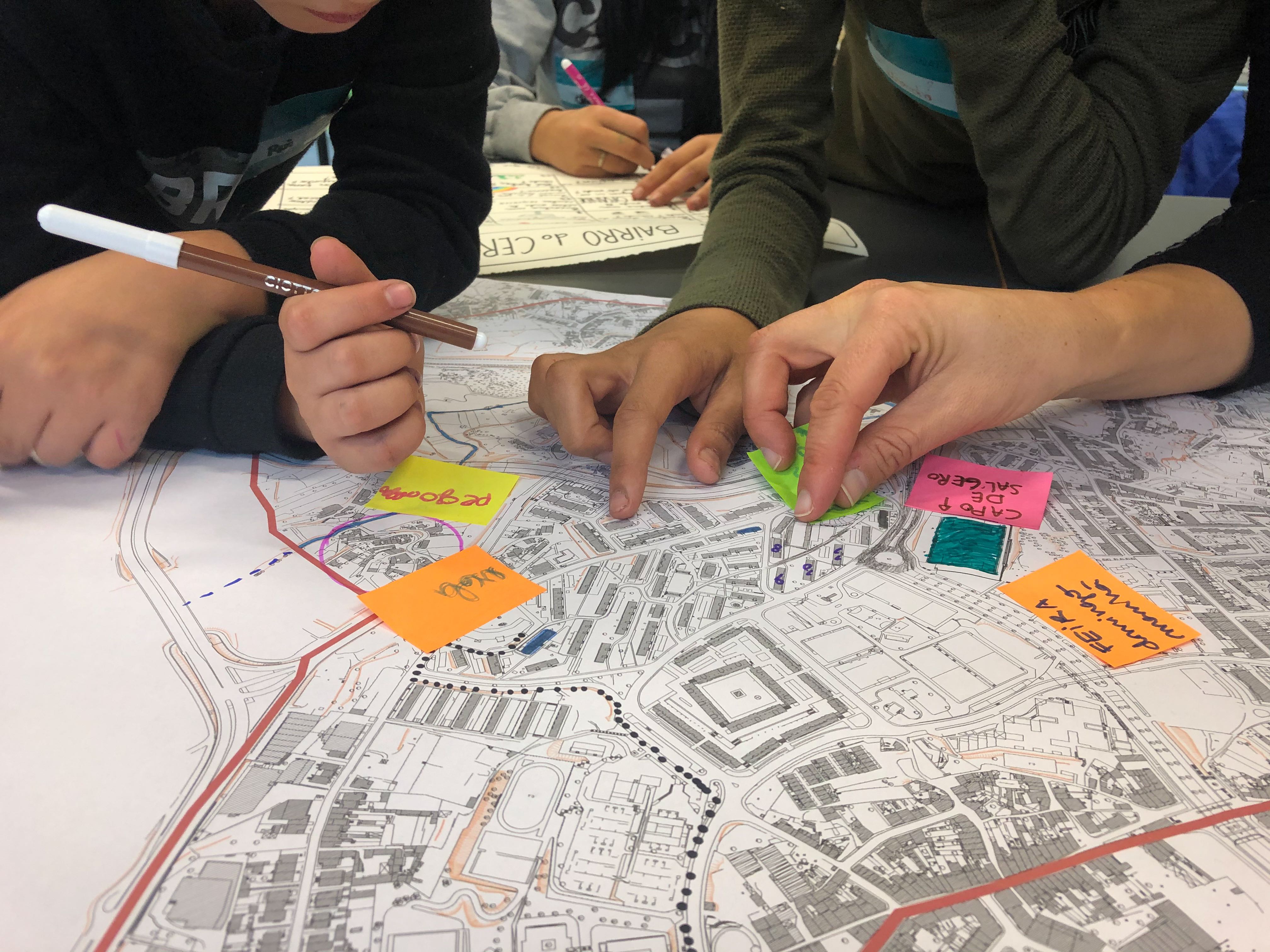Abstract
The urban structure changed dramatically during the 20th century, when the street as corridor became planned as a viaduct without a direct relationship with the built structures, namely the housing ones. Although Le Corbusier was the great promoter of this idea, the first steps were already given by the urbanists of the Garden City. For the urban planners, the big challenge to solve was the need to expand the city with hous- ing neighbourhoods, in order to give a house to all the people that were moving to cities, to work in industries, commerce and services.
The neighbourhoods built in the 1950s, 1960s and 1970s abandoned low-density hous- ing models and opted for large, high-density complexes built first according to the Athens Charter schemes and then according to the neighbourhood units model. The state, municipalities, and cooperatives developed these housing complexes, which can be recognized on the outskirts of European cities. A new urban structure was created, the suburb, and European cities entered the age of suburbanization, where the housing areas, called “oases of order”, became places of “feigned spontaneity”.





